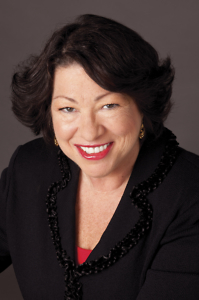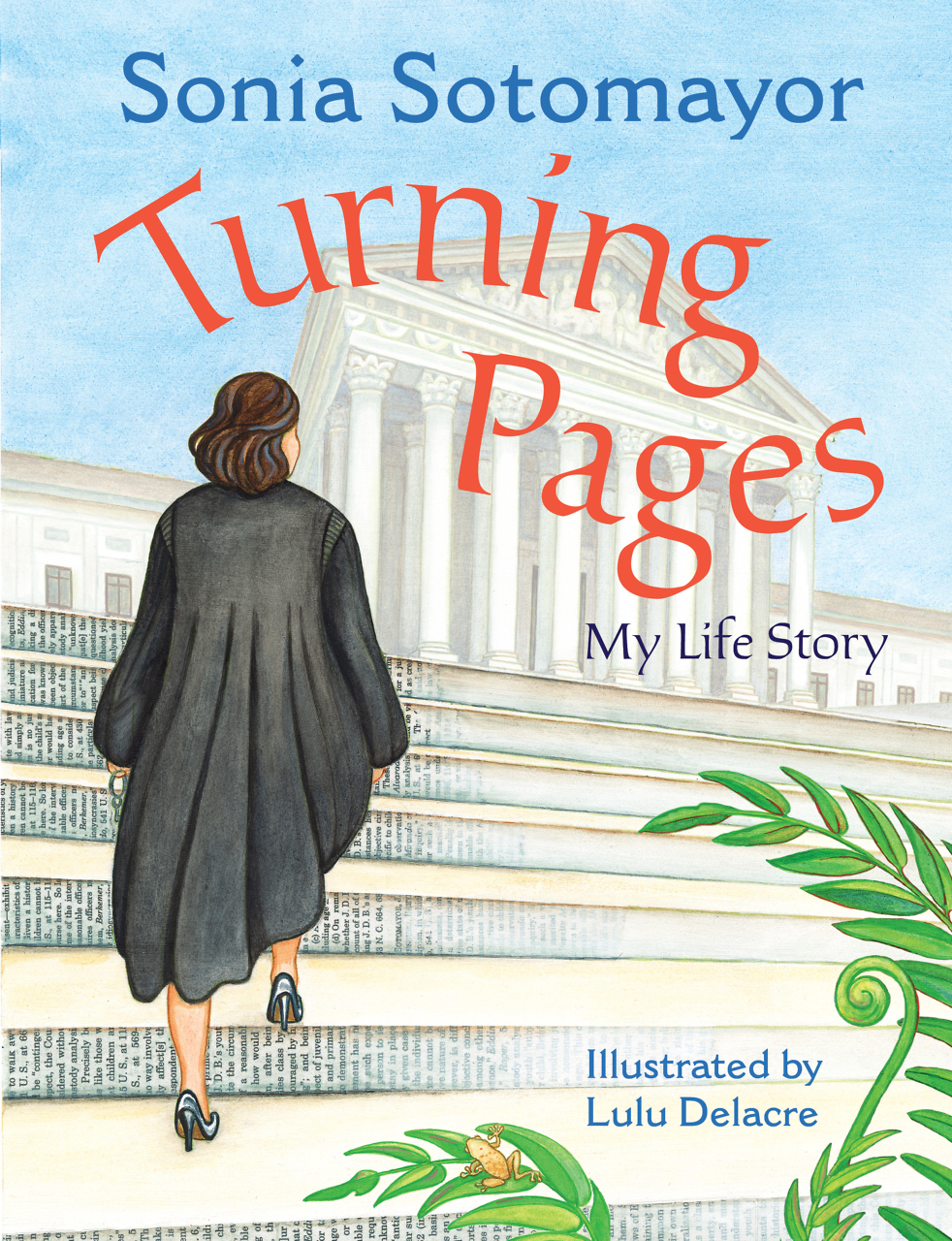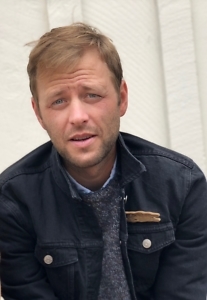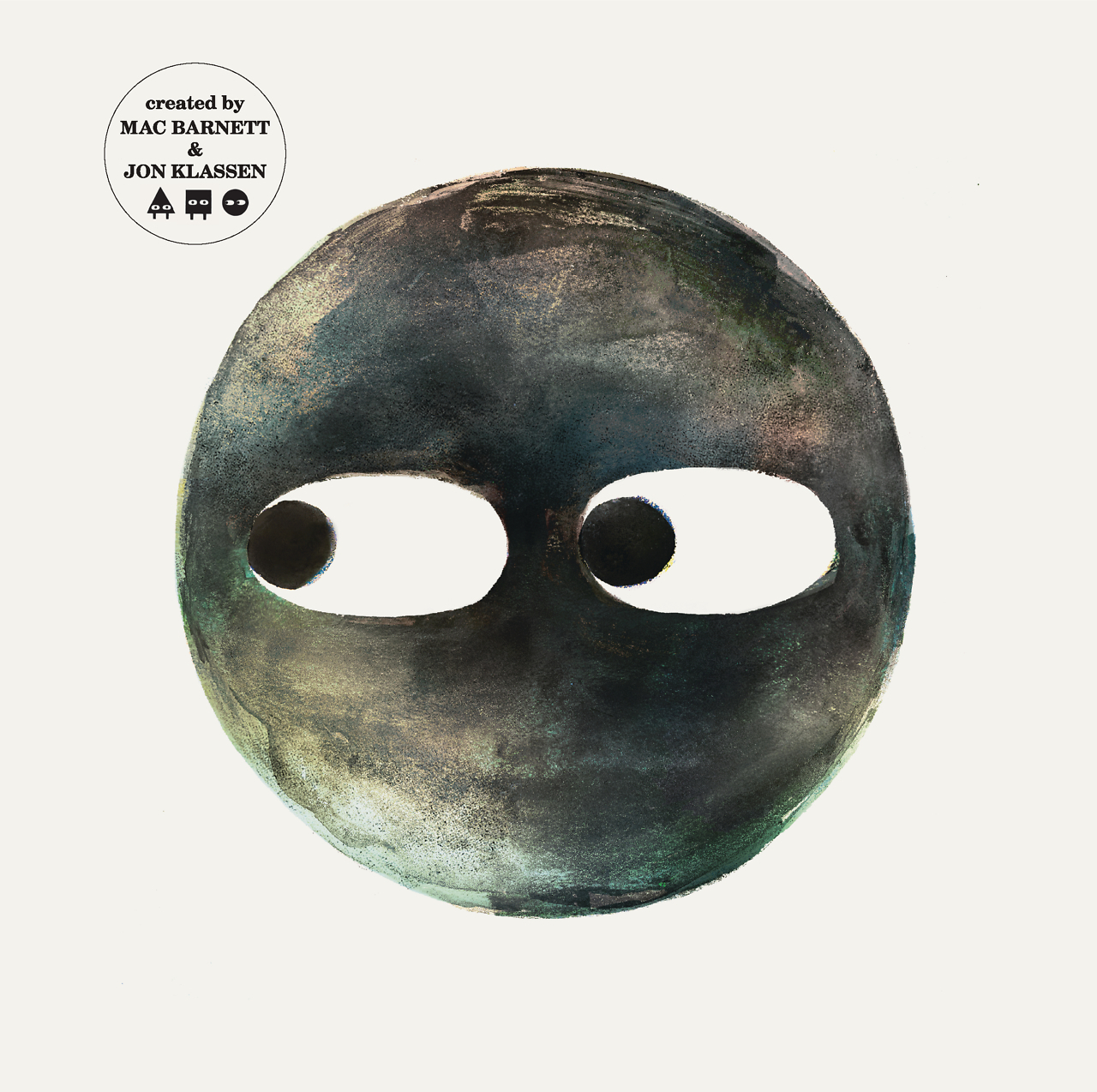Surviving the Curse of “Nowville”
Greetings from New Nashville considers the city’s transformation and its future
When did Nashville become new? In Greetings from New Nashville, a collection of essays, editor Steve Haruch and 17 other contributors nominate various watershed years. Was it 1998 (Haruch’s own choice), when a tornado’s destruction offered the city an opportunity to modernize and diversify? Or was it 1999, when the Titans began playing in Adelphia Stadium? Music historians point to the opening of Third Man Records, Jack White’s studio and record store, in 2009 as the moment when Nashville liberated itself from country and became everyone’s Music City.
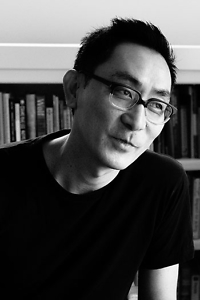
How Nashvillians date the transformation depends on neighborhood affiliation. In 12South, 2003 saw the opening of Mafioza’s Pizzeria, followed shortly by Frothy Monkey, Edley’s Bar-B-Que, overpriced tacos, and endless streams of tourists posing in front of the “I Believe in Nashville” mural. East Nashville might say the first Tomato Toss in 2005, forerunner to the massive Tomato Art Fest, was the tipping point from “mixed” district to hipster paradise. For residents of Nolensville Road, the city’s most ethnically diverse area, the opening of Casa Azafrán in 2012 was a momentous event, though the gleaming community center arrived simultaneously with real estate development that raised rents, forcing countless families to move beyond Metro borders.
Whatever its origin, the newer, shinier Nashville had certainly arrived by the mid-2010s. Tourism skyrocketed, from 2 million visitors in 1998 to over 15 million two decades later. Businesses relocated to downtown. New hotels opened. The restaurant scene exploded.
The national media took notice. A 2013 article in The New York Times announced that it was Nashville’s turn to be the nation’s “it” city (move over, Portland). GQ dubbed the town “Nowville.” ABC launched a prime-time drama using the city’s name (why not? It worked for Dallas) and oodles of meetings on the pedestrian bridge. Wave upon wave of bachelorette parties crashed on Lower Broadway, their ribald t-shirts and penis paraphernalia expunging the district’s seedier past of adult entertainment and alleyway drug deals.
The essays in this collection, from contributors including Ann Patchett, Tiana Clark, Margaret Renkl, Steven Hale, Meribah Knight, and Ron Wynn, address the changes from a number of angles, but they share a cautionary theme: Nashville may have woken up from its sleepy decades, but it has a long way to go. The city enjoys a revitalized urban core, but traffic remains vexing. Nashville’s entertainment and tourism industries are rewriting the region’s economic profile (or, they were, before the COVID quarantine), but affordable housing is hard to find for hourly employees. The Metro school system has initiated dozens of programs to improve facilities and instruction, yet in the past decade school segregation has increased.
As Haruch points out in his introduction, “[T]he gilded ‘It City’ tiara was never meant to be worn forever.” When Nashville loses the sheen of its “golden hour” (in Jon Meacham’s phrase), how will it re-define itself? Greetings from New Nashville celebrates the progress of the last 20 years, but, as the civic hoopla dissipates, Nashville faces the tough question encountered by every city that experiences momentary spotlight: What next?
Steve Haruch recently answered questions from Chapter 16 via email.
Chapter 16: As you and other contributors to Greetings point out, Nashville’s rise has been the product of good fortune as much as municipal planning. The 1998 tornado, for example, resulted in a boom of new construction, especially in East Nashville. What other factors would you highlight as critical in the transformation of Nashville into an “It City”?
Steve Haruch: It’s really impossible to point to any one factor and say, “This is the one.” I think it’s ultimately the confluence of so many things. That’s what makes the whole thing so fascinating and why we like to argue about it. The global financial crisis of 2007, I think, is a big factor, because it really shakes up the housing market in profound ways. There’s also a kind of flattening of daily life that happens as we all start to spend so much time online, where people really start to fetishize new experiences in new locales. Cue listicles of “13 Places You’ve Never Heard of Because They Aren’t New York or Los Angeles!”
And feeding into that, there were all those articles in national publications that we liked to nitpick and roll our eyes at. But when a city gets that kind of visibility, and just enough of it rings true with visitors’ experience of a place, there’s a kind of X factor that starts to set in, I think. I remember being at South by Southwest in 2011 and talking with Ryan Schreiber, who was the editor of Pitchfork at the time, and he was in total agreement that so much cool stuff — I may have used a different word — was happening Nashville.
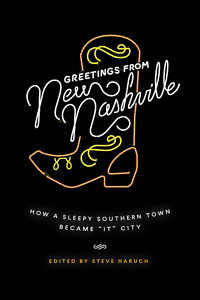 Chapter 16: Greetings from New Nashville provides an insider’s look into a number of local institutions. My favorite tidbit comes from Zach Stafford’s “Burned Out,” on Prince’s Hot Chicken Shack and its reverse segregation in the 1950s and ‘60s: Black customers ate in the front section, while whites had to use the back door. What details from this collection stand out to you personally?
Chapter 16: Greetings from New Nashville provides an insider’s look into a number of local institutions. My favorite tidbit comes from Zach Stafford’s “Burned Out,” on Prince’s Hot Chicken Shack and its reverse segregation in the 1950s and ‘60s: Black customers ate in the front section, while whites had to use the back door. What details from this collection stand out to you personally?
Haruch: I love Zach’s story. (This is neither here nor there, but did you know that Zach is an Abercrombie model now? Beauty and brains — seems kind of unfair, no?) Anyway, there are so many. Richard Lloyd’s dramatic re-enactment of the inaugural Tomato Arts Fest, in which some of the neighborhood’s newer residents hurl rotten tomatoes at an infamous sketchy convenience store just before it’s torn down, is darkly funny but also a fascinating microcosm of the East Side’s transition. The fact that T Bone Burnett keeps appearing as a background character is a fun subplot. He produced the Cold Mountain soundtrack, featuring Jack White before he was a Nashvillian — neat! He was also … an investor in the real estate development that was halted when human remains were found at Fort Negley?
Chapter 16: One recurring theme in the collection is the problem of gentrification. In “Gimme Shelter,” Bobby Allyn confesses that newcomers like himself “unwittingly drove up assessed values and rents” in the Edgehill neighborhood. What, if anything, can be done to ensure a supply of affordable housing for Nashville’s working-class residents?
Haruch: It seems, from what I’ve read, that inclusionary zoning can do a lot of good in this regard. I’m no economist. I don’t have the answers, but it always seems like there are all these levers to stimulate growth, attract new businesses, etc. — so often they seem to involve giving rich people tax breaks! — that we’re told will definitely work as planned if we pull them. But when the question of not displacing our most economically vulnerable neighbors comes up, we throw up our hands like, “Well, the market this, the market that, cost of progress, blah blah blah.”
Chapter 16: Ted Alcorn’s “Who Will Hold the Police Accountable” (first published in The Atlantic in 2019) recounts a police shooting of a Black man in Nashville and the efforts of community leaders to enact police oversight. Throughout Greetings, which you assembled before the protests of recent months, contributors remind us that Nashville’s boom has been a bane to Black citizens. What are your own thoughts on the state of Nashville’s race problem at this moment?
Haruch: The protests of recent months are, of course, rooted in problems that pre-date the killing of George Floyd — problems that pre-date the killings of Jocques Clemmons and Daniel Hambrick here in Nashville, for that matter. In August, the legislature passed new laws to criminalize peaceful Black-led protests on the plaza. Meanwhile, crowds of tourists had been roaming Lower Broadway for weeks without masks, and the first person the police arrest for not complying with the rules is an unhoused Black man? It’s not subtle.
Why is there is a bust of Klansman Nathan Bedford Forrest at the capitol — sure, they’re going to move it, eventually, we’re pretty sure — and still no statue of Diane Nash anywhere in the city? It’s the same reason I-40 cuts right through Jefferson Street. (I love Tiana Clark’s description of it as a “concrete tourniquet.”) There is a lot of love in this city that reaches across all kinds of divisions, but when the structures in place are profoundly inequitable, love can only do so much. If there is anything good about 2020, maybe it’s that the light has been thrown back on these problems and people are finding their voice in the midst of it.
Chapter 16: You added an epilogue to your 2013 “Tech of the Town” piece for the Nashville Scene that undercuts the prevailing optimism of tech entrepreneurs in the original piece. What is the current status of local efforts to create a tech hub in Nashville?
Haruch: Two words: health care.
Chapter 16: In your Introduction, you quote a famous line from Gillian Welch’s song “Wayside/Back of Time,” “Drink a round to Nashville, before they tear it down.” Is the end of cool Nashville inevitable? Can the inexorable wheels of capitalism be slowed, if not stopped?
Haruch: I often think of David Berman — may he rest in peace — saying the city’s slogan should really be, “Keep Nashville corny.” For a lot of people, cool Nashville was over the first time someone asked, “Is cool Nashville over?” Then again, a friend emailed me from Korea to say he keeps referring to Seoul as “the Nashville of Asia” because so many interesting people keep moving there. By the way, yes, this person has been to Nashville. So who knows?
The way things are headed, it doesn’t look good, unless you’re thrilled by capitalism’s inexorable grinding of the human spirit. We’re in the middle of a global pandemic that is terrible in thousands of ways, and the richest people in the world are getting exponentially richer — in some cases helping corrode democracy by allowing misinformation to proliferate through massive networks at the same time. Seems bad! I will say this: Cool Nashville is definitely over if we let all these independent music venues go belly up or become, like, “Amazon Exit/In on the Live Nation Rock Block presented by HCA.” Which is within the realm of possibility at the moment.
Chapter 16: Greetings from New Nashville is a love letter to your city, but, as J.R. Lind puts it in “Miracles and Ice,” “acknowledging a flaw and addressing it is part of true love.” If Steve Haruch were made emperor of Nashville, what current trend would you eliminate by imperial fiat? (Please say electric scooters.)
Haruch: Emperor, you say? If I could shoot lightning bolts from my fingers, I’d aim them in the general direction of public-drunkenness transportainment and at pedal taverns, in particular. If not, I would stop evictions for the foreseeable future.
[Read an excerpt from Greetings from New Nashville here.]

Sean Kinch grew up in Austin and attended Stanford. He earned a Ph.D. from the University of Texas. He now teaches English at Montgomery Bell Academy in Nashville.
